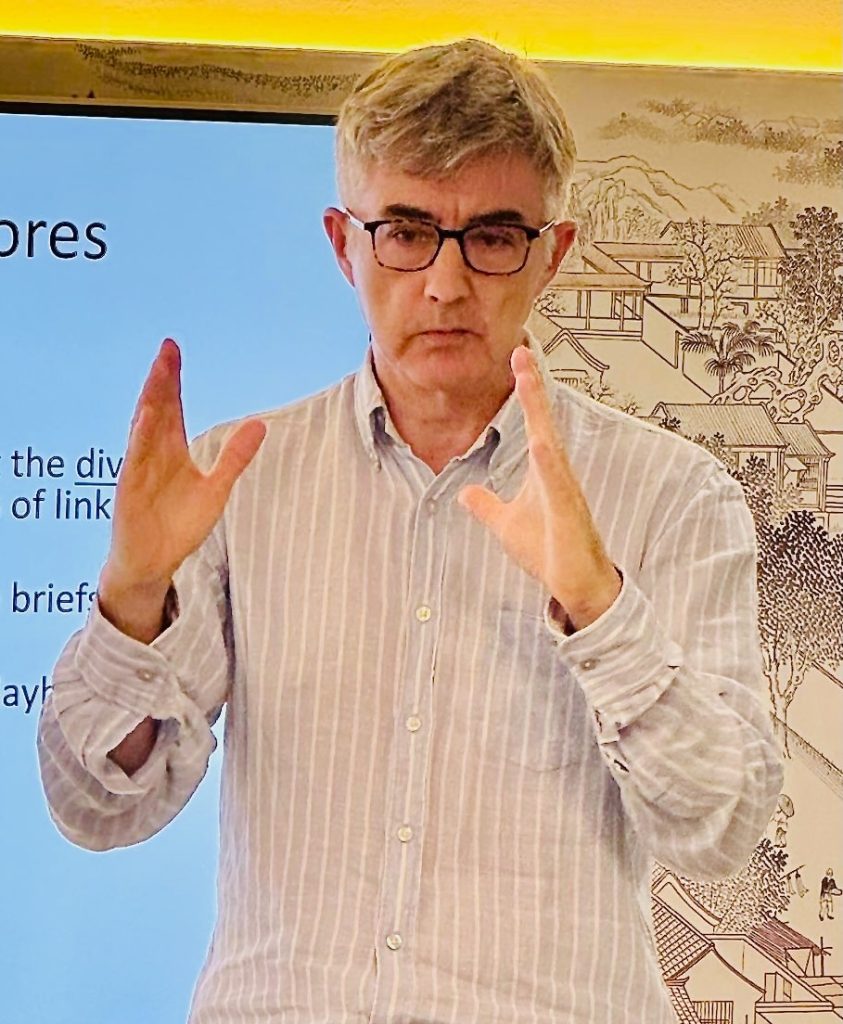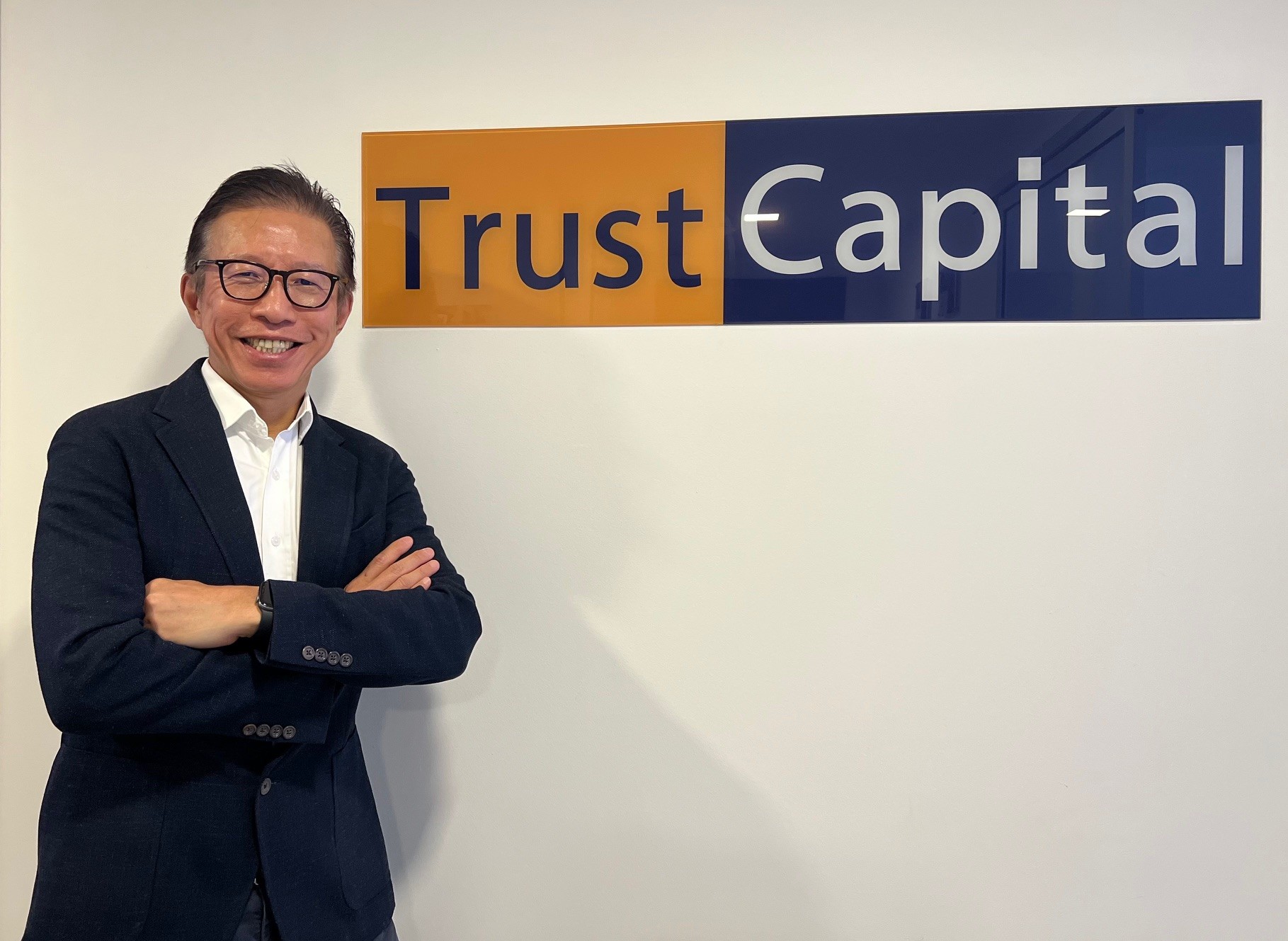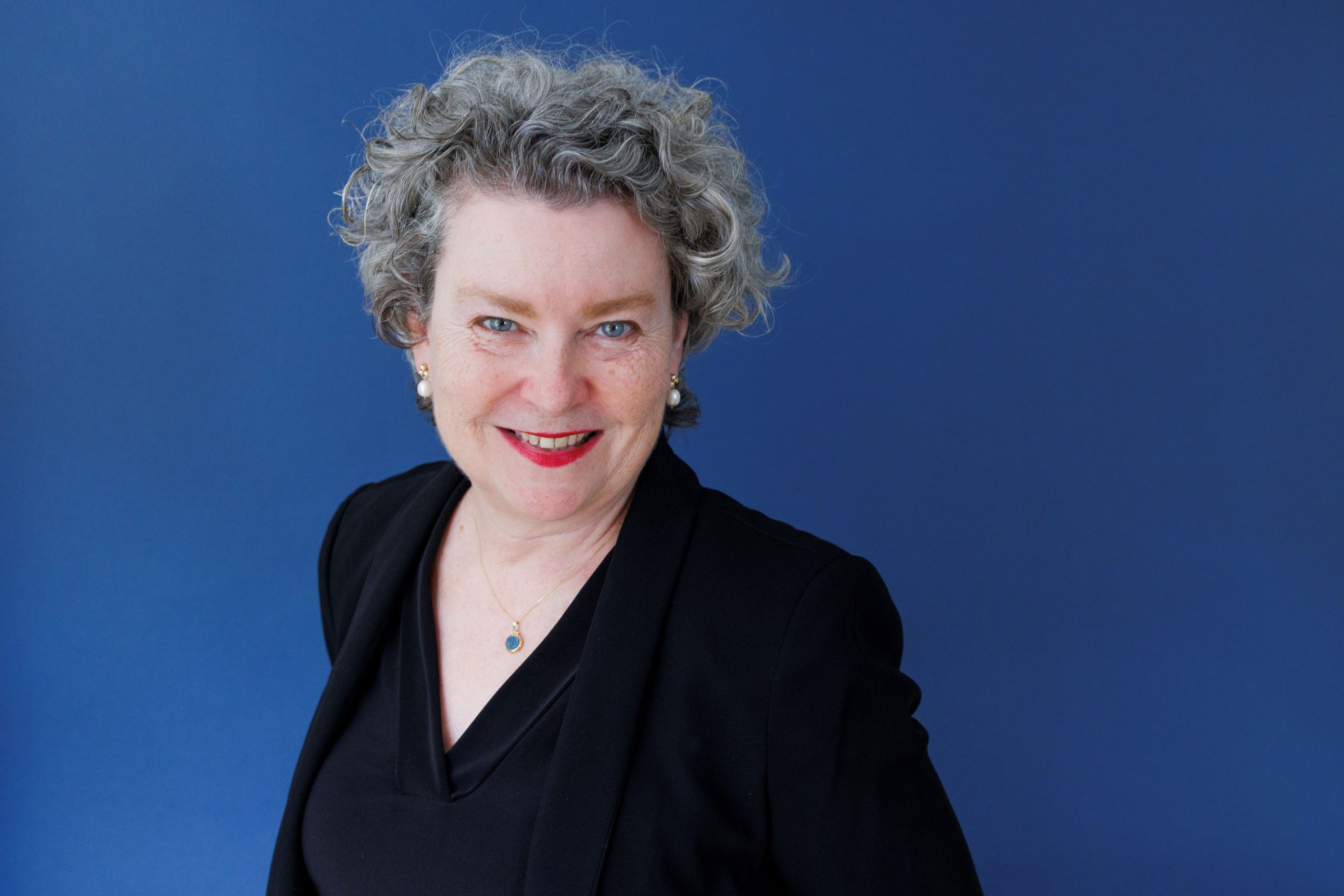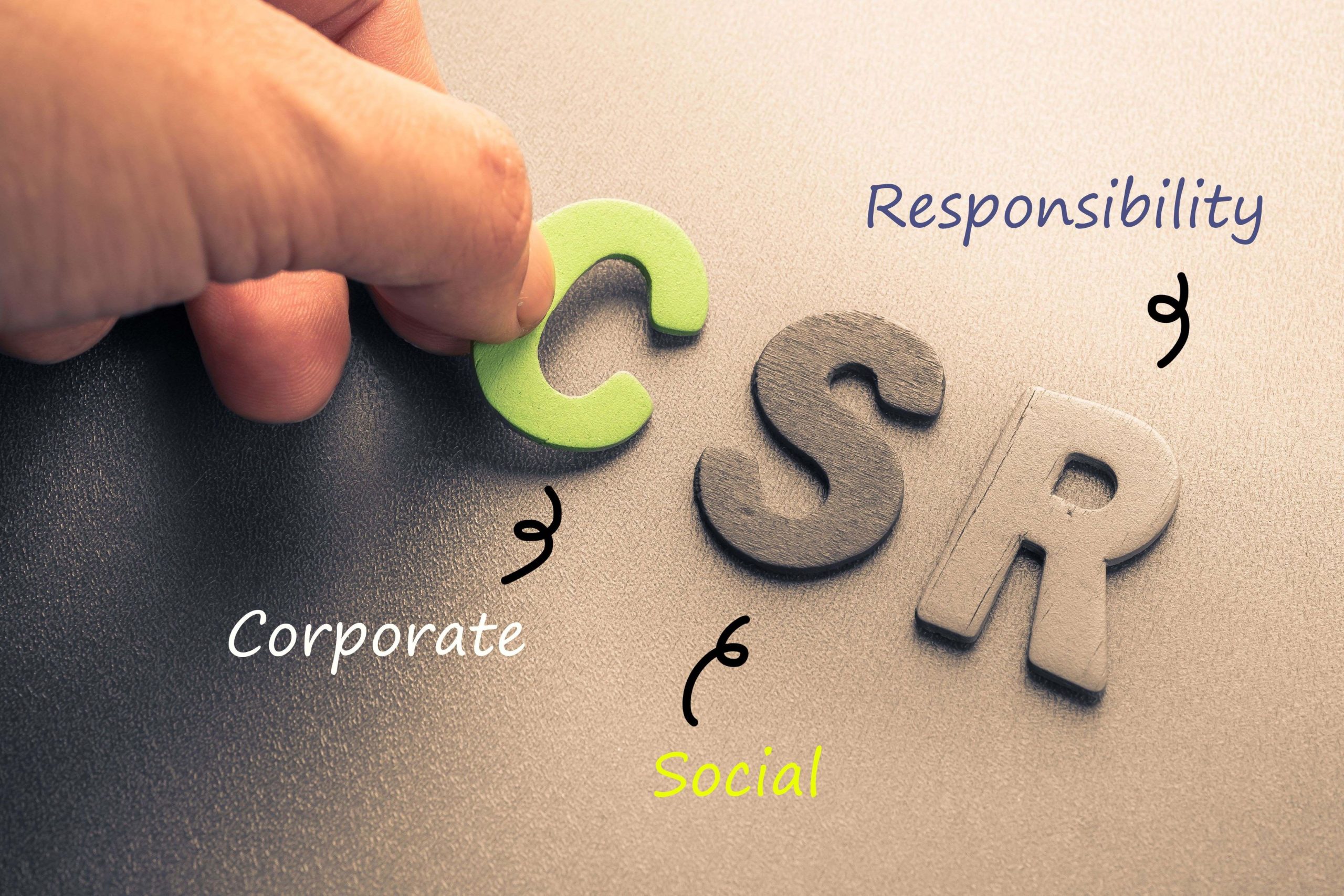Is Your Organization Facing an Innovation Crisis? Low Innovation Scores Predict Bankruptcy in Just 2 to 3 Years
What if the key to a company’s survival and success could be measured as precisely as its financial performance? For Professor Grant Burgess, a bacteriologist turned innovation expert, this question became the driving force behind a groundbreaking discovery.
Through decades of experience in pure research and biotechnology, trying to understand how best to commercialise his ideas, he uncovered a startling reality: innovation isn’t just a buzzword it’s a measurable, quantifiable force that can determine whether a business thrives or fails. His journey, which began with studying the intricate workings of bacteria, led him to develop a revolutionary method to measure innovation.
The results were eye-opening: companies with low innovation scores were likely to go bankrupt within two to three years, while those with higher scores saw improved financial performance.
This revelation not only transformed how businesses understand innovation but also provided a scientific framework to predict their future success. Dive into the story of how one professor’s quest for knowledge reshaped the way we measure and harness the power of innovation.
From Bacteria to Business: Prof. Burgess’s Journey in Science, Biotechnology, and Innovation
Professor J. Grant Burgess, a distinguished bacteriologist, began his academic journey by studying biotechnology at University. He later completed his PhD at Imperial College London. His doctoral research focused on photosynthesis, specifically how sunlight is converted into chemical energy. His work revolved around bacteria, the first organisms to evolve the ability to harness solar energy. While he deeply enjoyed the PhD experience, it was primarily focused on pure research, analysing biological processes to generate knowledge rather than seeking practical applications. He vividly recalled querying the real-world relevance of his work, only to be reminded that the pursuit of scientific knowledge itself was a noble endeavour.

Emeritus Professor, New Castle University
Founder, Leanova
(Photo: Professor Burgess)
For three years, Prof. Burgess dedicated himself to studying a single, tiny protein in one particular species of bacteria, making incremental progress in understanding its role in the broader biological system. This journey reinforced his appreciation for small but significant contributions to scientific advancement. However, his perspective on research and its applications would soon take a dramatic turn.
A Shift Toward Biotechnology
Prof. Burgess ‘s career trajectory changed when he attended a conference and encountered Professor Tadashi Matsunaga, a leading Japanese marine biotechnologist. Prof. Matsunaga delivered a compelling presentation on how biotechnology could be applied to the very same bacterium that Prof. Burgess had spent years researching. He revealed that this microorganism had the potential to produce bioplastics, antibiotics, and even hydrogen energy from waste orange juice – groundbreaking applications that had never crossed Prof. Burgess’s mind.
This revelation was a turning point. Realizing the vast potential of his research, he decided to move to Japan to collaborate with Prof. Matsunaga, thus transitioning from pure research to biotechnology. He began exploring how living organisms and biological materials could be leveraged to create useful products such as pharmaceuticals, bio-plastics, and sustainable energy. His new focus on marine biotechnology led to exciting projects, including the discovery of antibiotics from marine organisms and tackling hull fouling where marine life attaches to ship hulls, increasing maintenance and fuel costs for the maritime industry.
The Challenge of Commercialization
Upon returning to the UK, Prof. Burgess continued his research on hull fouling and identified bacteria that produced chemicals capable of preventing it. Convinced that he had found a viable solution, he presented his findings to several companies specializing in coatings technology. However, he was met with an unexpected challenge. While companies recognized the potential of his discovery, they deemed it commercially unfeasible due to the high cost of regulatory approval, which could run into millions of dollars.
This was an eye-opening moment for Prof. Burgess. He had always thought that a strong technical solution was enough, but he now realized that commercialization was a complex process involving regulatory hurdles, market readiness, and financial feasibility. This experience marked the beginning of a new phase in his career an interest and focus on understanding how scientific discoveries could be transformed into successful market applications.
Understanding Innovation: From Science to Business
Prof. Burgess approached commercialization as a scientist would by systematically analysing the challenges. His investigation led him to the concept of innovation. Initially, he admitted, innovation had never been a primary focus in his scientific work. However, as he explored the topic, he recognized its crucial role in bridging the gap between research and commercial success.
Drawing from the work of Austrian economist Joseph Schumpeter, Prof. Burgess defined innovation as the process of turning an idea into commercial success. Schumpeter’s research, published in 1911, emphasized the economic significance of innovation, categorizing it into different types, such as new products, new processes, and efficiency improvements. However, while innovation was widely discussed in business circles, Prof. Burgess was surprised to find that its measurement was largely subjective. Many business schools and corporations relied on opinion-based surveys often using Likert scales to gauge innovation, a method he found scientifically inadequate.
Developing a Scientific Approach to Measuring Innovation
Determined to bring greater rigor to the study and measurement of innovation, Prof. Burgess sought a method that could break down the innovation process into measurable stages. However, when he presented this idea, he faced scepticism. Business experts were accustomed to using questionnaires and subjective assessments, often dismissing the need for quantitative measurement.
Undeterred, Prof. Burgess investigated further. He realized that many existing assessments relied on inconsistent human perceptions. A CEO might rate their company’s innovation highly on one day and poorly on another, depending on external factors. He found this lack of scientific precision troubling and set out to develop a new, objective framework. His breakthrough came when he was introduced to the concept of “absorptive capacity” a company’s ability to innovate.
Absorptive Capacity: Measuring Innovation Potential
Prof. Burgess explained that while most companies aspire to be innovative, the key question is whether they have the capability to do so. Absorptive capacity measures an organization’s ability to acquire, assimilate, and apply new knowledge factors essential for innovation. By quantifying this capacity, businesses could gain insights into their future innovation potential, also making it a valuable tool for investors as well as company decision-makers.
To validate his system, Prof. Burgess applied this approach to a large multinational corporation, providing a detailed innovation report based on data-driven metrics. The company’s board, however, remained sceptical, questioning whether the findings had any real financial relevance. Instead of dismissing their concerns, Prof. Burgess took this challenge back to the drawing board.
His team analysed a sample of 15 to 20 companies, mapping their innovation scores against financial performance over several years. The results were striking. Companies with low innovation scores below a certain threshold were more likely to go bankrupt within two to three years. Those with mid-range scores saw stagnant financial performance, while companies with high innovation scores demonstrated significant financial growth.
This discovery reinforced the critical link between innovation and business success, a finding that was later corroborated by major consulting firms. Unlike traditional financial forecasting, which relies on past performance, Prof. Burgess‘s model provided objective, forward-looking insights, enabling businesses to predict their future success based on their innovation capacity.
Drawing Parallels with Accounting: A New Standard for Innovation Measurement
Reflecting on history, Prof. Burgess noted that similar challenges once existed in financial accounting. Over a century ago, businesses struggled with financial transparency until standardized accounting principles, such as Generally Accepted Accounting Principles (GAAP) and International Financial Reporting Standards (IFRS), were established. These frameworks revolutionized financial reporting, bringing transparency, consistency, and investor confidence.
Inspired by this transformation, Prof. Burgess envisions a similar future for innovation measurement. He believed that by introducing standardized, rigorous metrics, companies will be able to better assess their innovation potential, just as they assess their financial performance today. This approach could revolutionize how businesses, investors, and policymakers evaluate innovation pipelines, paving the way for more informed decision-making.
The Evolution of Innovation Metrics and Their Global Adoption
As the discussion on innovation benchmarking matures, Professor Burgess envisions a time when the adoption of standardized innovation metrics becomes a global norm. He compares this shift to the widespread acceptance of financial reporting standards such as GAAP and IFRS, which took over a century to develop and refine. However, he believes the evolution of innovation metrics will be accelerated by technological advancements, enabling faster implementation and adoption.
One of the key drivers of this transformation, according to Professor Burgess, is the increasing role of artificial intelligence (AI) and machine learning in analysing innovation data. He explains:
“AI will play a crucial role in tracking innovation trends within companies. By analysing vast amounts of data, AI can identify patterns, predict innovation success rates, and even recommend strategic adjustments. This level of precision and automation will make innovation measurement far more efficient and accurate than traditional methods.”
Professor Burgess envisions a future where AI-driven innovation indices will be integrated into corporate dashboards, allowing executives to make real-time decisions based on up-to-date insights. Companies will no longer need to rely on annual or quarterly reports to assess their innovation health; instead, they will have continuous, data-driven feedback on their innovation performance.
Innovation as a Competitive Advantage
Beyond internal improvements, Professor Burgess argues that standardized innovation benchmarking will become a significant factor in global competitiveness. Companies that embrace structured innovation measurement will gain a clear advantage over those that rely on intuition and subjective assessments. He notes:
“Imagine two companies bidding for a high-profile contract. One presents a well-documented innovation index that quantifies its ability to adapt, generate new ideas, and execute them successfully. The other relies on rather vague or unsubstantiated claims of being ‘very innovative’ with some anecdotal evidence supplied. Which company do you think the client will win?”
He emphasizes that, much like how credit ratings influence financial decisions, innovation scores will increasingly impact investment choices, mergers and acquisitions, and strategic partnerships. Investors and corporate buyers will prioritize firms with a proven track record of sustained innovation, as demonstrated through structured measurement frameworks.
The Role of Governments and Policymakers
Professor Burgess also believes that governments will play a crucial role in driving the adoption of innovation measurement. He anticipates that regulatory bodies may introduce policies encouraging or even mandating companies to disclose their innovation metrics, similar to ESG (Environmental, Social, and Governance) reporting requirements.
“In the coming years, governments might require publicly listed companies to report their innovation indices as part of their annual disclosures. This would provide transparency for investors and ensure that innovation remains a priority at the highest levels of corporate governance,” he explains.
Countries that actively promote innovation measurement could see long-term economic benefits, as businesses within their jurisdictions will be better equipped to compete in a rapidly evolving global landscape. Nations that fail to adopt such standards may risk falling behind in innovation-driven industries.
The Path Forward
Despite the progress made, Professor Burgess recognises that widespread adoption of innovation benchmarking still requires sustained advocacy, refinement, education, and research. He remains committed to evolving the methodology so that organisations of all sizes and sectors can measure and manage innovation effectively. Through his company, Leanova Group, Professor Burgess continues to advance practical approaches to innovation measurement shifting the focus from academic research to real-world business impact.
“Our ultimate goal at Leanova is to create a world where innovation is no longer seen as an abstract concept or something that is “too difficult to measure” but as a measurable, manageable, and strategic asset. When that happens, companies will no longer ask, ‘Are we innovative?’ Instead, they will ask, ‘How can we improve our innovation score?’ and that shift will redefine the future of business.”
As businesses, investors, and policymakers begin to embrace structured innovation measurement, the landscape of corporate innovation is set to evolve dramatically. Professor Burgess’s work provides a glimpse into this future one where innovation is as precisely measured and as strategically and closely managed as financial performance, ensuring sustainable growth and long-term success in an ever-changing world.
Stay ahead with exclusive insights! Sign up for our mailing list and never miss an article. Be the first to discover inspiring stories, valuable insights and expert tips – straight to your inbox!




